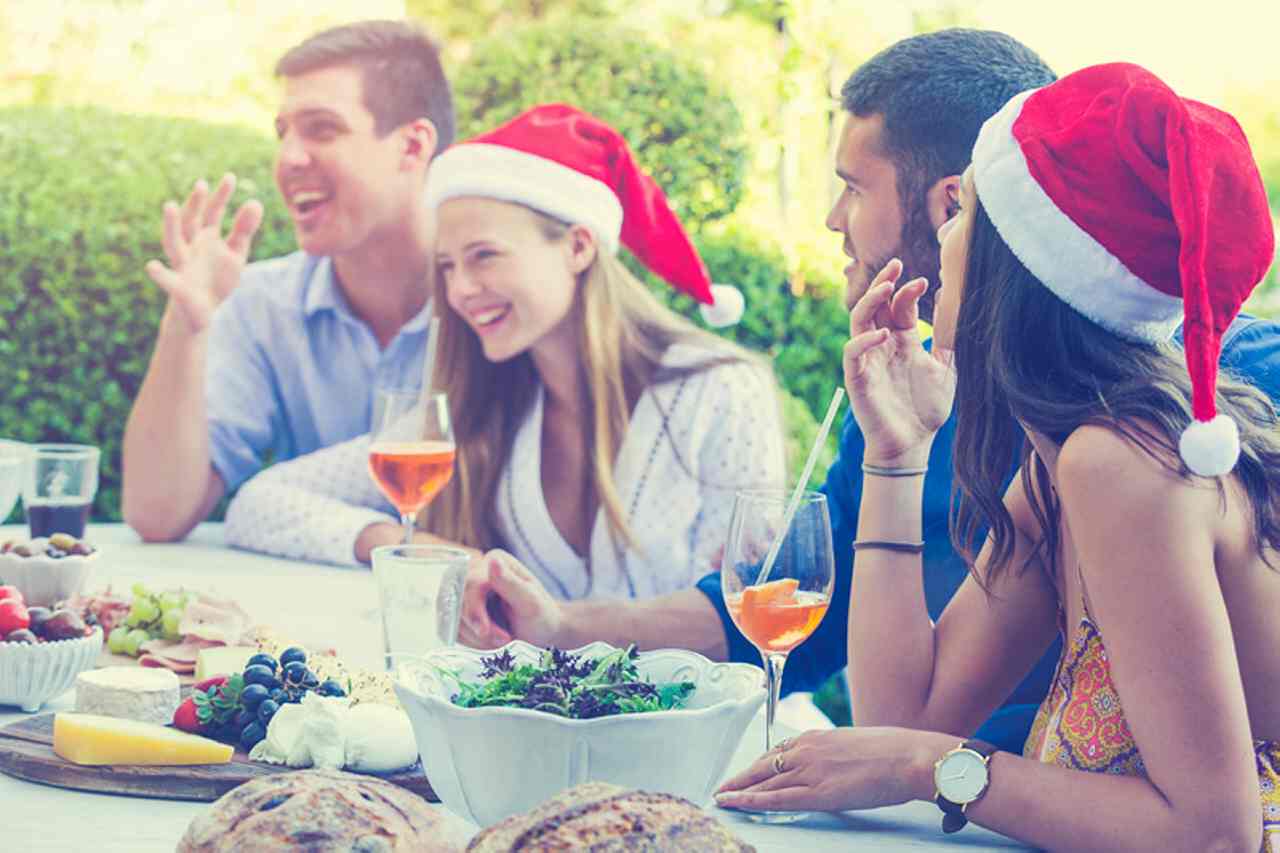
Planning a particular festive feast this Christmas? Right here’s what to do with the leftovers and the right way to safely deal with all that meals.
Christmas day is all about consuming, and for many households, there’s all the time loads of scrumptious leftovers after the festive meal is finished.
However worryingly, leftovers can harbour nasty micro organism.
And, individuals have to take precautions to keep away from a number of journeys to the bathroom or worse, the emergency room, based on Meals Security Data Council Lydia Buchtmann spokesperson.
“On common in Australia, there’s 4.1 million instances of meals poisoning a 12 months, 30,000 of those find yourself in hospital, and 86 individuals die,” Lydia says.
“There are additionally extra instances throughout summer season with the hotter climate.”
So, how do you decrease the danger for you and your loved ones on Christmas day?
Right here’s what the specialists advocate.
- Good to eat: Meals security for summer season celebrations
Put together your meals cupboard space
“Empty your fridge upfront so you may slot in as a lot as potential,” Lydia says.
“Take away the drinks, put them on ice since you don’t need individuals opening and shutting the fridge on a regular basis as that modifications the temperature.”
Ideally, the fridge must be saved under 5C and retailer poultry, seafood and different meats within the backside drawer the place it’s coldest.
Clear arms make protected work
It looks as if a no brainer however washing our arms could be one of the best ways to keep away from nasty germs like salmonella and E. coli from stepping into the meals.
Nonetheless, a 2019 examine revealed almost 40 per cent of Australians don’t wash their arms earlier than touching meals. Eww!
Earlier than you begin prepping meals, rinse your arms with cleaning soap, and rewash often – particularly after dealing with uncooked meat, touching the rubbish, or wiping down benches.
- Clear and protected: The right way to wash your arms correctly
Ration your Christmas feast
It may be tremendous tempting to put out all the pieces on the desk for an important Christmas meals picture, but when the meal lasts hours, this Insta-worthy unfold may turn out to be harmful.
“Issues like dip should not good to go away sitting there, and it’s simple to overlook after having a glass of wine,” Lydia says.
“So put it out in small portions.”
As a basic rule, throw out any cheese, cured meats, cooked meats or salads which have been not noted within the warmth for longer than two hours, she provides.
- Particular deal with: Which of your favorite Christmas meals make the well being grade?
Secure ideas for left over Christmas meats
When you’ve got extra turkey, be sure you put it again within the fridge in an hermetic container as quickly as potential.
This could last as long as three days, says Lydia.
Seafood doesn’t preserve nicely, however Lydia says it’s the simplest meals to determine when it’s gone unhealthy as a result of style and odor.
With regards to ham, it’s all about good storage from the beginning, says Lisa Donaldson, Dietitian Australia spokesperson.
“Be sure you preserve your ham in a ham bag or wrapped in a humid tea towel within the fridge and retailer above uncooked meats to keep away from it changing into contaminated,” Lisa says.
Intelligent makeovers for leftovers
“Fritters and patties present an important base to make use of up leftover meats and greens,” explains Lisa.
Fried rice, risotto and pizza will also be good choices to make for the children, she provides.
However keep in mind warming meals up after it’s been within the fridge is once we’re most vulnerable to micro organism.
All the time reheat leftovers to 75°C, says Lydia.
“You should purchase a meals thermometer or use the auto reheat operate in your microwave to verify it’s reheated throughout,” she says.
- Festive enjoyable: Have your self a merry Covid-safe Christmas
Written by Alex White

